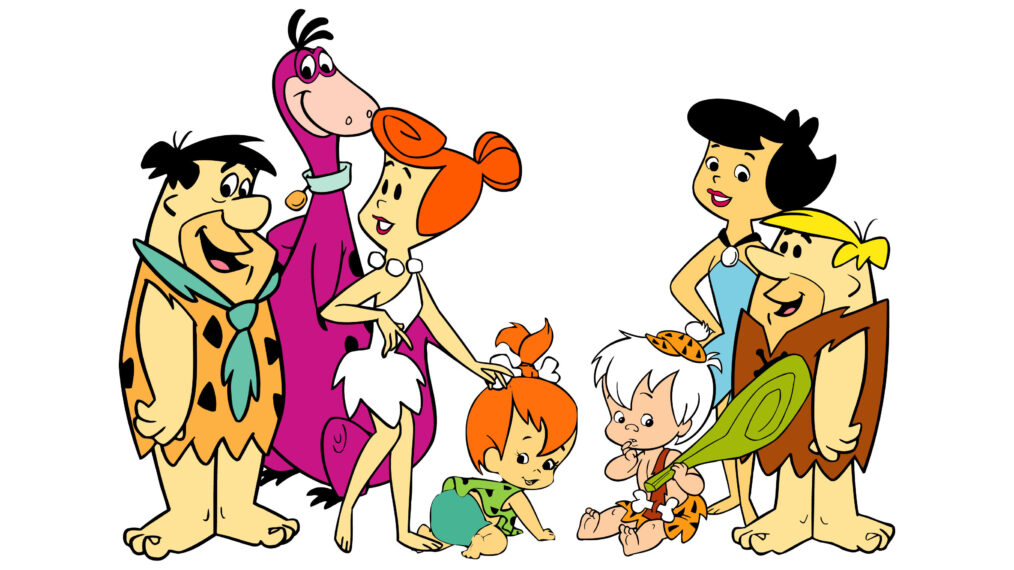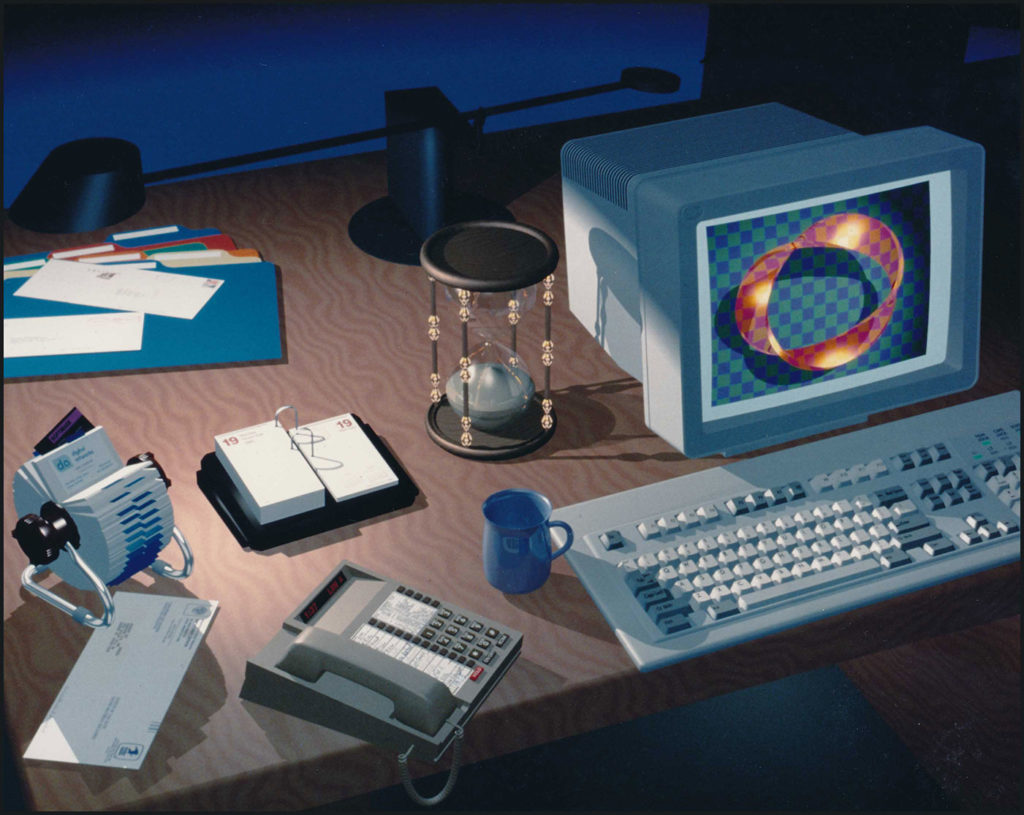

- The concept of animation can be traced back to ancient times, with devices like the zoetrope and magic lanterns.
- Early inventors and artists, such as Joseph Plateau and Eadweard Muybridge, experimented with creating the illusion of motion through sequential images.
2. The Silent Film Era (1900s-1920s)


- Emile Cohl's "Fantasmagorie" (1908) is often considered the first animated film, using hand-drawn images.
- Winsor McCay's "Gertie the Dinosaur" (1914) showcased character animation and storytelling.
- The Fleischer brothers introduced the rotoscope, a technique of tracing over live-action footage for realistic movement.
3. Golden Age of American Animation (1920s-1960s)

- Walt Disney played a pivotal role with the creation of Mickey Mouse in "Steamboat Willie" (1928), the first synchronized sound cartoon.
- The introduction of Technicolor brought color to animated films, with Disney's "Snow White and the Seven Dwarfs" (1937) being the first full-length animated feature.
- Warner Bros. and MGM contributed iconic characters like Bugs Bunny and Tom and Jerry.
4. Television Animation and Limited Animation (1950s-1960s)


- The advent of television led to the creation of animated series, such as Hanna-Barbera's "The Flintstones" (1960), which popularized limited animation techniques to reduce production costs.
- "The Simpsons" (1989-present) later demonstrated the potential of animation on prime-time television.
5. The Rise of Computer Animation (1980s-1990s)

- Pixar Animation Studios revolutionized the industry with the release of the first feature-length computer-animated film, "Toy Story" (1995).
- CGI (Computer-Generated Imagery) became increasingly prevalent in both film and television.
6. Digital Animation and 3D Animation Dominance (2000s-Present)
- Advancements in digital technology led to the proliferation of 3D animation, with studios like DreamWorks and Illumination Entertainment producing blockbuster hits.
- The accessibility of animation software allowed independent animators to create and distribute their work online.
- Streaming platforms like Netflix and Disney+ have become major players in animated content distribution.
7. Expansion into International Markets (2000s-Present)
- Studio Ghibli's films, particularly those of Hayao Miyazaki, gained international acclaim, introducing audiences to Japanese anime.
- Other countries, including France and Canada, have made significant contributions to the global animation landscape.
8. Emergence of Adult Animation and Diverse Storytelling (2000s-Present)
- Adult-oriented animated content, such as "South Park" (1997-present) and "Rick and Morty" (2013-present), has gained popularity.
- Animation is increasingly recognized as a versatile medium for telling diverse and complex stories, challenging traditional perceptions of the art form.
To conclude, the history of animation is marked by continuous innovation, from the early experiments with optical toys to the current era of sophisticated computer-generated imagery. Animation has evolved into a powerful and diverse storytelling medium with global impact and continues to push creative boundaries in the 21st century.




0 Comments